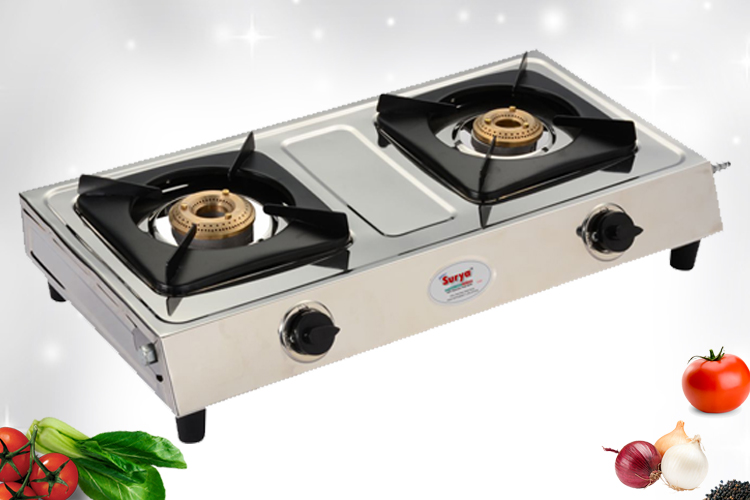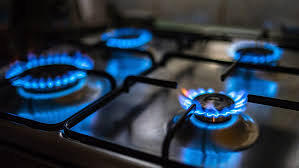
Introduction
Electronic gas stove lighters, also known as electric ignition systems, have revolutionized the way we start our gas stoves and ovens. These ingenious devices offer convenience, safety, and efficiency in the kitchen, making cooking a breeze. In this blog post, we'll delve into the world of electronic gas stove lighters, exploring their benefits, operation, and maintenance.
The Benefits of Electronic Gas Stove Lighters
Convenience: Electronic gas stove lighters eliminate the need for matches or traditional lighters, offering one-touch ignition for your gas stove burners or oven.
Safety: With electronic ignition, there's no open flame during the lighting process, reducing the risk of accidents or burns commonly associated with traditional methods.
Efficiency: These lighters are designed for quick and reliable ignition, making the cooking process faster and more efficient.
Longevity: Electronic gas stove lighters are durable and have a longer lifespan compared to disposable lighters or matches.
How Electronic Gas Stove Lighters Work
Electronic gas stove lighters work on a simple principle of electrical ignition. Here's how they operate:
Button or Knob Activation: To ignite a gas burner, you typically press a button or turn a knob on your stove. This action sends an electrical signal to the ignition system.
Spark Generation: The electronic ignition system generates a small but powerful spark using a spark generator or igniter module. This spark is what lights the gas.
Gas Release: Simultaneously, the gas valve opens to allow a controlled flow of gas to the burner.
Ignition: The spark generated in step 2 ignites the gas, creating a flame.
Safety Mechanisms: Electronic ignition systems often have safety mechanisms that shut off the gas supply if ignition fails or if the flame goes out.
Maintenance and Tips
Keep it Clean: Dust and debris can affect the performance of electronic ignition systems. Regularly clean the area around the igniter and the burner ports to ensure a consistent spark.
Regular Inspection: If you notice the igniter isn't working correctly or the spark is weak, it may be time for a replacement. Consult your stove's manual for guidance.
Proper Use: Avoid excessive use or "dry sparking" the igniter without the gas valve open, as this can cause wear and tear.
Safety First: In case of any malfunction, turn off the gas immediately and have the system inspected by a professional technician.
Conclusion
Electronic gas stove lighters have become an essential component of modern kitchens, offering a safe and convenient way to ignite gas stoves and ovens. By understanding how they work and following maintenance guidelines, you can ensure that your electronic ignition system continues to provide efficient and reliable service, making your cooking experiences more enjoyable and safe. Say goodbye to matches and traditional lighters, and welcome the spark of convenience into your kitchen.








